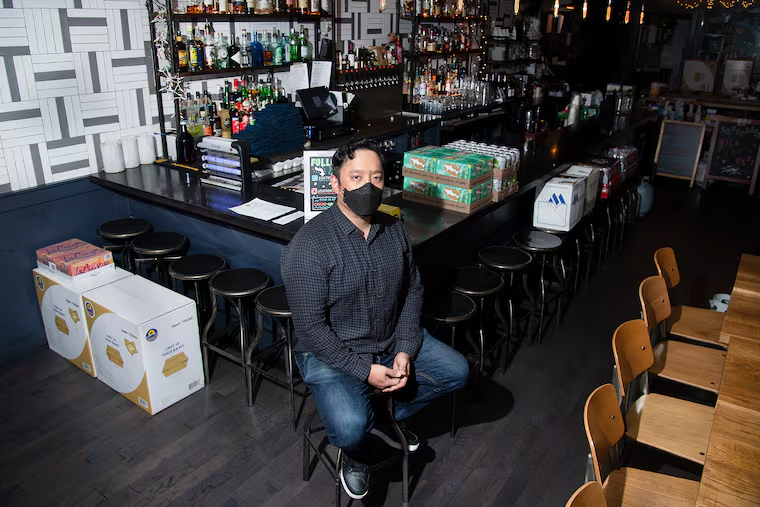Restaurant owners see Philly’s new indoor-dining ban as the final blow
The city’s move, according to many restaurateurs, will spell doom to a business that has been battered by eight months of restrictions prompted by COVID-19.

The city’s move, according to many restaurateurs, will spell doom to a business that has been battered by eight months of restrictions prompted by COVID-19.
